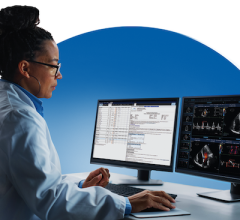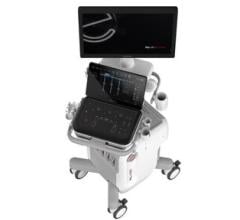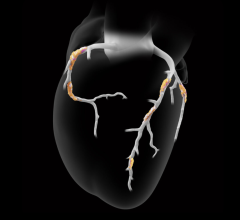As an editor for DAIC and Imaging Technology News, I am a third-party observer in the cardiac and radiology markets. I also am a patient who recently received medical imaging. With both these sets of experience, I am of the opinion that physicians often miss an opportunity to connect with their patients in a critical way, one which could increase patient involvement and compliance for treatments and follow-up exams.
I believe there is a disconnect due to the large knowledge void that separates them. Clinicians frequently need to translate diagnostic findings into layman’s terms so their patients understand, but much is often lost in translation. To bridge this gap, I believe medical imaging holds the key, because a picture is worth a thousand words. If you show a patient a picture of something that is normal and another image of the same thing that is abnormal, patients get it, even if they can’t identify the anatomy.
I made some interesting observations after a software vendor granted me an account for its cloud-based advanced visualization software. I used it to open and manipulate DICOM CT and MRI datasets given to me on CDs by family and co-workers, creating an archive of generic medical images for use in DAIC. Interestingly, after I showed the patients their images, they were surprised to see their ailments visualized for the first time. In most cases, their doctors never showed or explained the images.
The most striking instance was with my mom, who gave me her CT angiography that was performed more than a year ago. Her doctor told her she had some atherosclerosis and should change her diet and exercise more. She did what many patients do — ignored the warning because she felt fine. While the radiology report noted a calcified ostial stenosis in the right coronary artery and a few small calcified aortic lesions, she never saw any actual pictures from the exam, and reading the written report was meaningless to her. A few days after I showed her images of the lesions, on her own she scheduled a follow-up doctor visit for additional tests and modified her diet.
Seeing apparently is believing (or at least scaring patients to action) when it comes to clogged arteries. In a clinical study highlighted at the American College of Cardiology (ACC) meeting in March, 2,100 patients were shown CT images of their clogged arteries to measure compliance to diet, exercise and statin use. Research showed individuals with the most severe disease who saw images of their heart were 2.5 times more likely to take statins as directed and more than three times more likely to lose weight compared to those who had a scan and saw little or no evidence of underlying disease.
I believe making medical images, especially anatomical 3-D reconstructions, more accessible to patients has the potential to change patient treatment and prevention compliance. It also might offer a business point-of-difference in a healthcare market that is increasingly consumer-driven.



 December 09, 2025
December 09, 2025 









